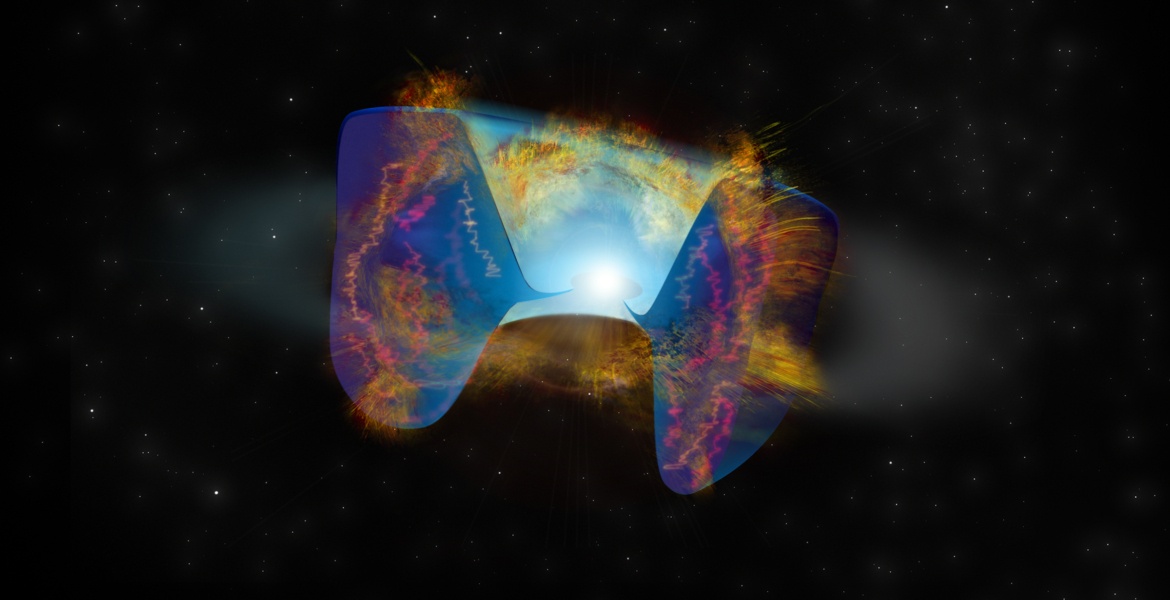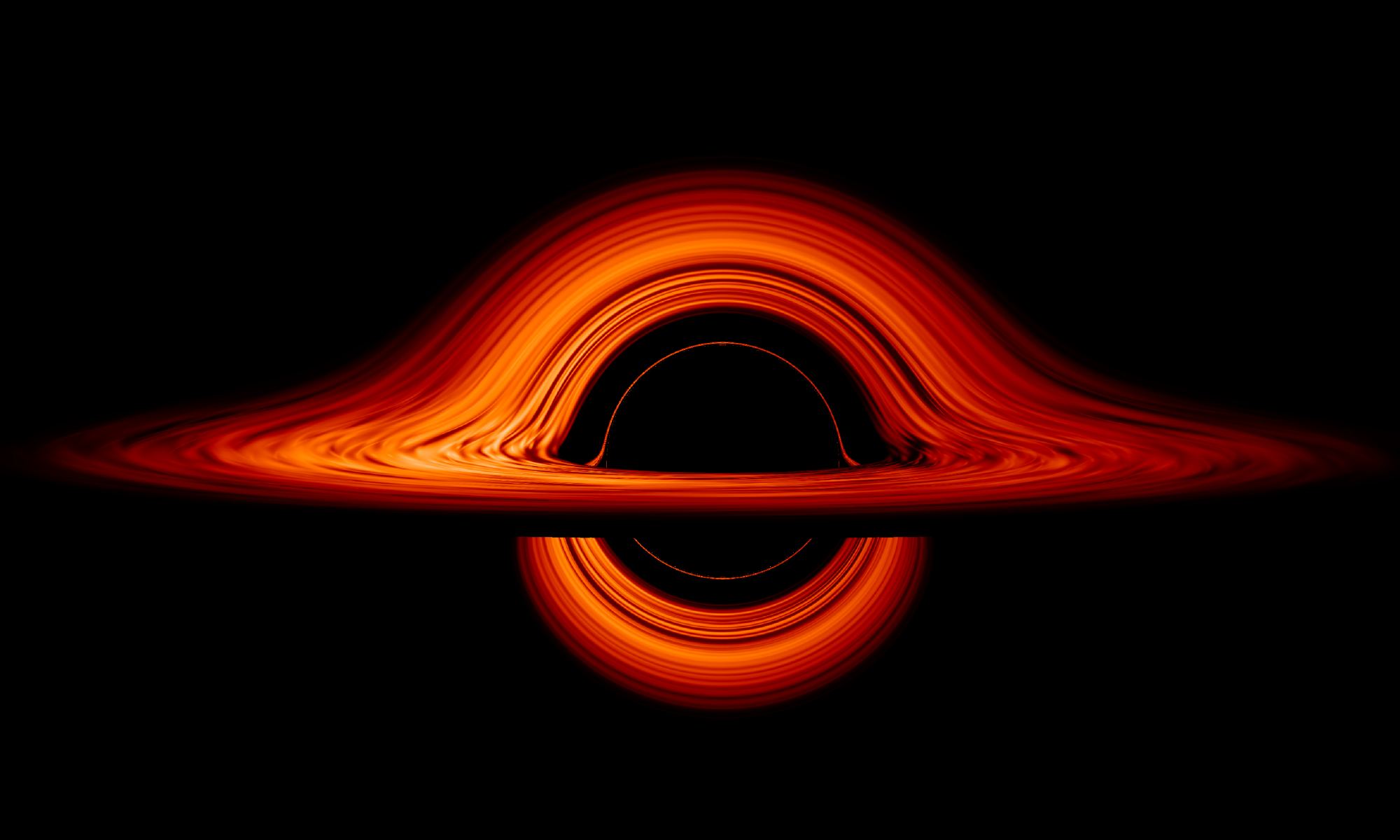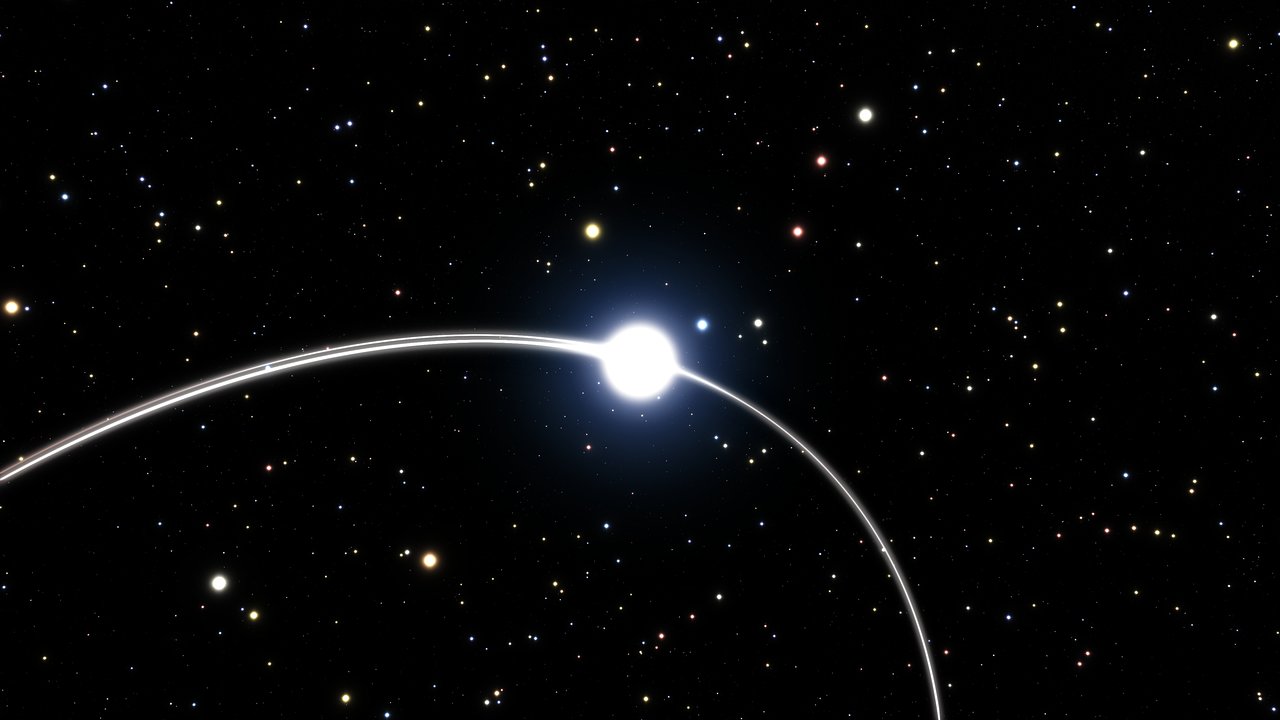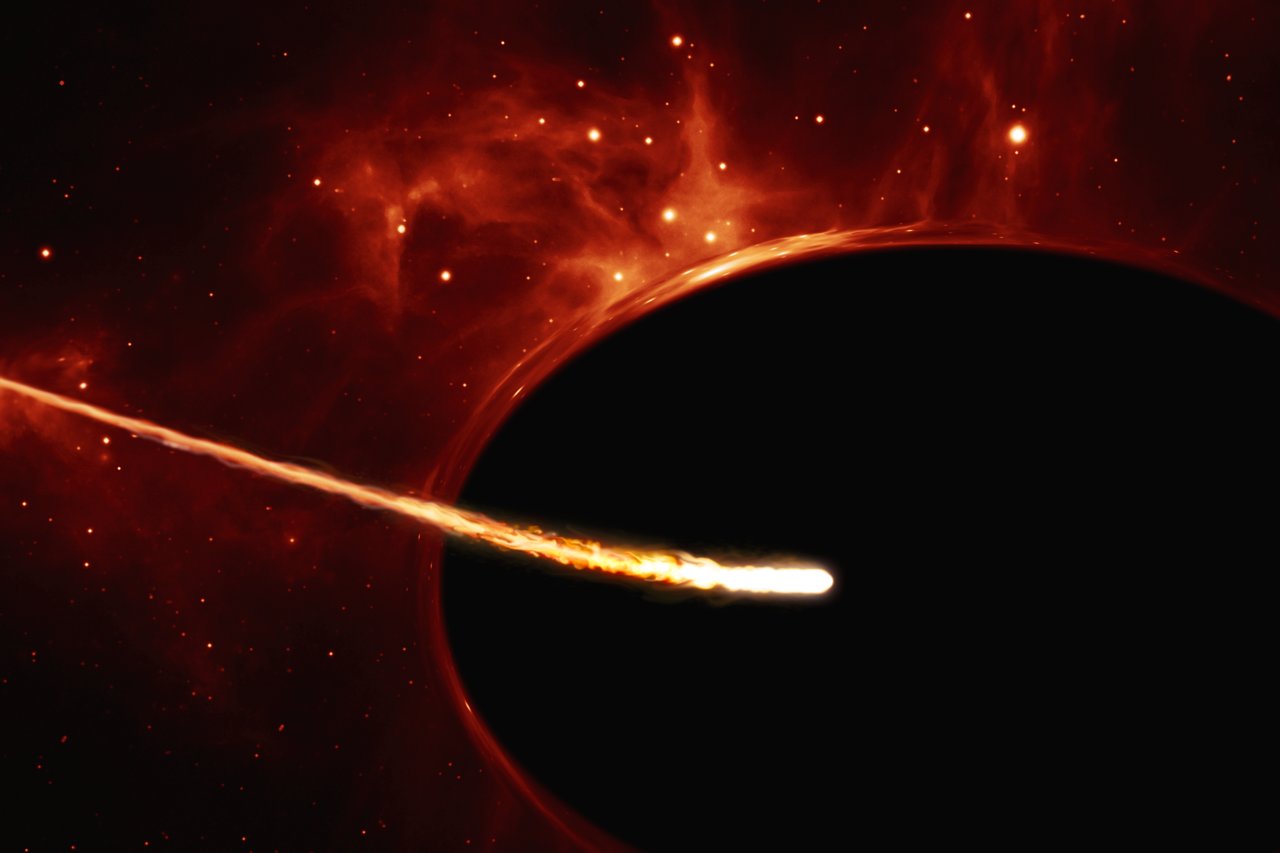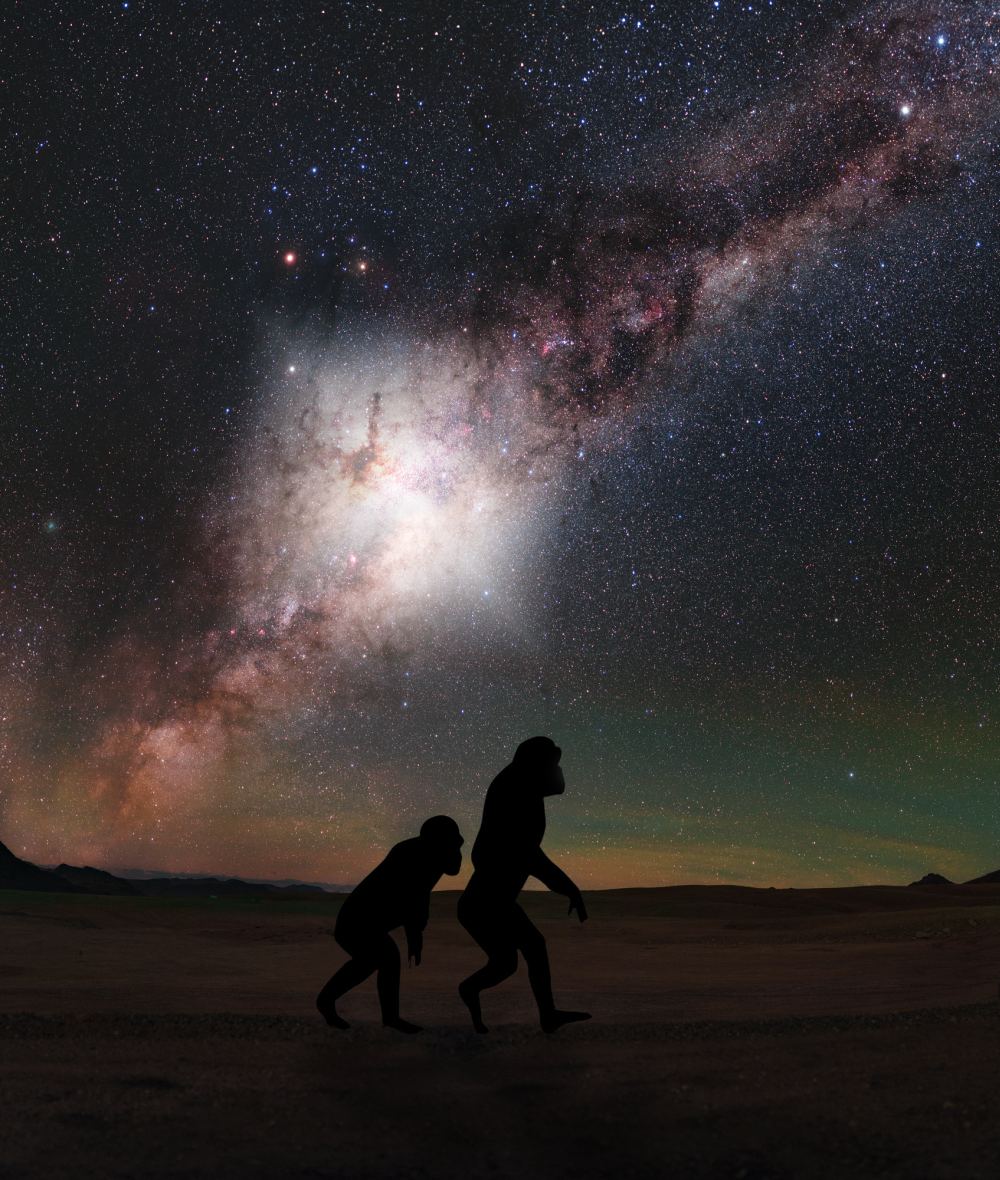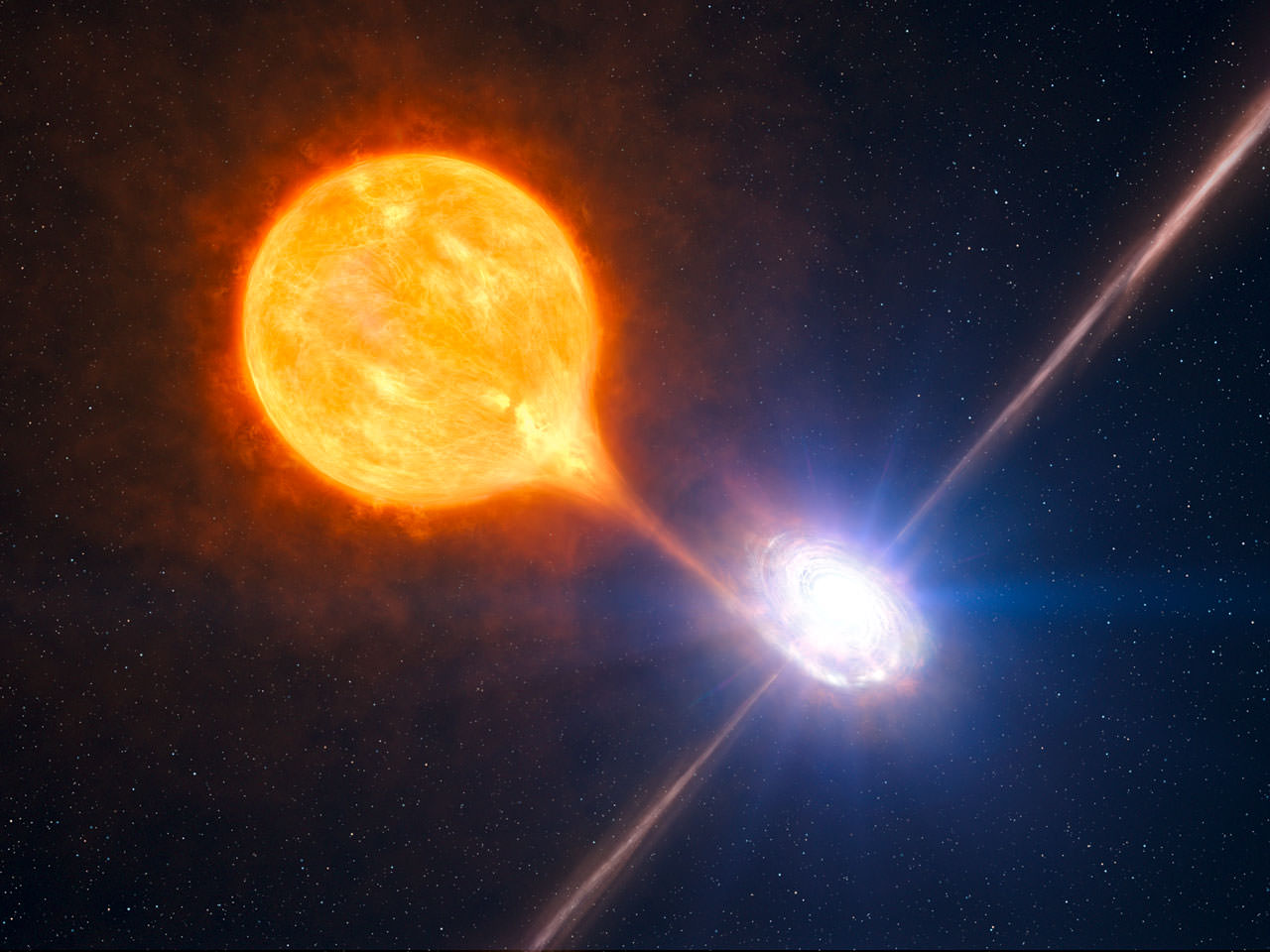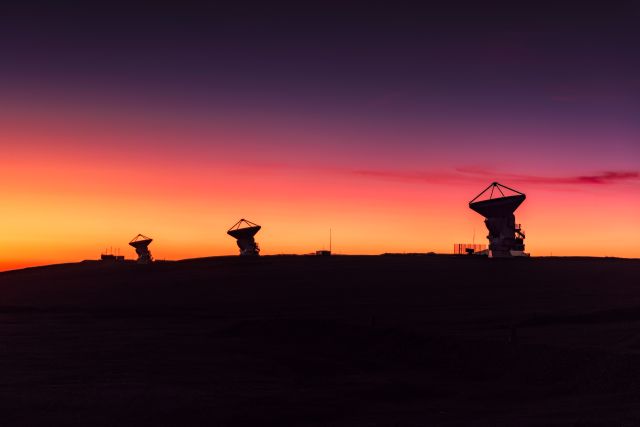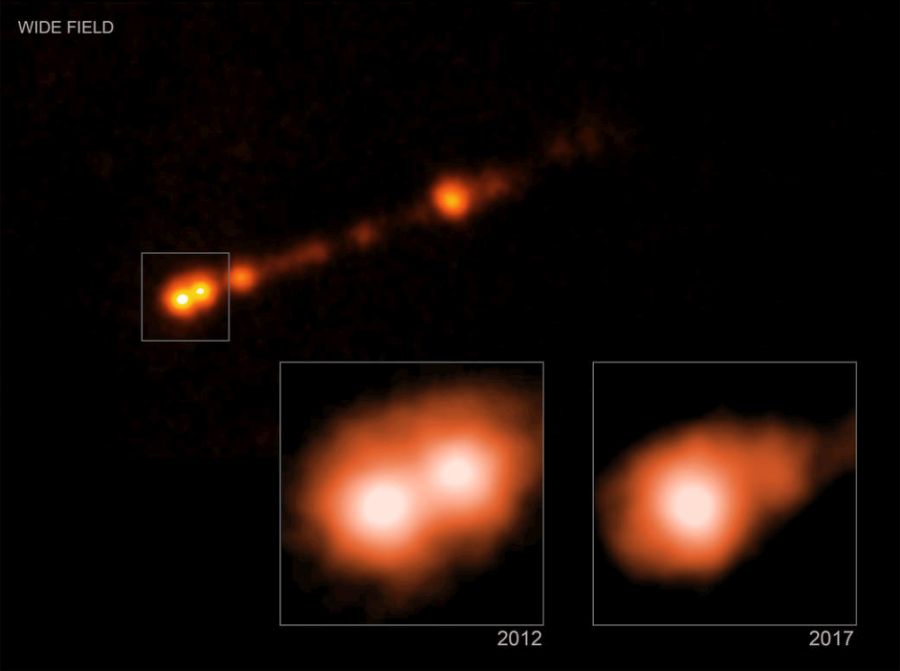Black holes are famous for being inescapable. Within the event horizon of these celestial objects, matter and even light enter and then disappear forever. However, beyond the event horizon, black holes are known to form accretion disks from which light can escape. In fact, this is how astronomers are able to confirm the presence of black holes and determine their properties (i.e. mass, spin rate, etc.)
However, according to a recent NASA-funded study led by researchers from the California Institute of Technology (Caltech), there is evidence that not all light emanating from a black hole’s disk simply escapes. According to their observations, some of the light escaping from the disk is pulled back in by the black hole’s gravity and reflected off the disk again. These observations confirm something astronomers have theorized for about forty years.
Continue reading “Light Behaves Really Strangely Around a Black Hole”
